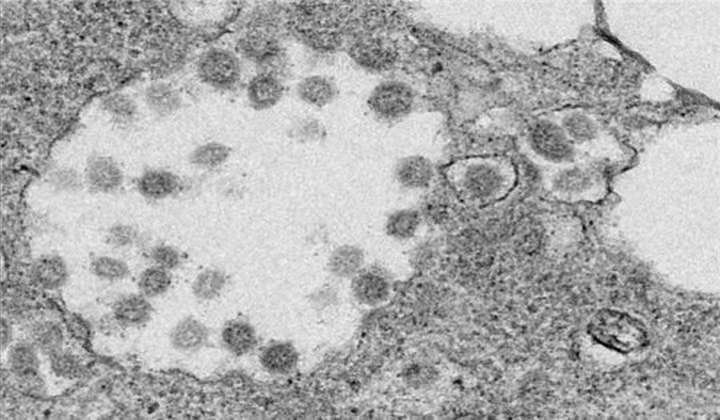


Lab studies are revealing more details about the novel pathogen
The number of 2019 novel coronavirus cases — more than 17,000 as of February 3 — has already eclipsed the roughly 8,000 cases reported for the 2003 SARS coronavirus outbreak. But scientists are still finding similarities between the two viruses.
Analyses of living cells show that the new virus, called 2019-nCoV, uses the same cellular lock to get into cells as SARS, researchers report February 3 in Nature.
Previous reports that the new virus relies on that lock — known as angiotensin-converting enzyme II, or ACE2 — to enter and infect cells were based on comparisons between the genetic blueprints of 2019-nCoV and the virus responsible for SARS, or severe acute respiratory syndrome. The new finding, however, provides direct evidence from living cells that 2019-nCoV attaches to ACE2 to gain access, essentially picking the cellular lock with a spiky protein on the virus’s surface.
Zheng-Li Shi, a virologist at the Wuhan Institute of Virology in China, and her colleagues analyzed samples of the new virus from seven patients who had been admitted to a hospital in late December. The researchers isolated the virus from one patient and used it to infect cells grown in a laboratory. When cells had the ACE2 protein on their surface, the virus was able to break into them. The virus could use ACE2 proteins from humans to get into cells, as well as human cells with ACE2 proteins from Chinese horseshoe bats, civets and pigs.
Researchers now know that people infected with 2019-nCoV can transmit the virus to others even when not showing symptoms (SN: 1/31/20). This is common for viruses such as influenza, which bind to sialic acid — a molecule often found in the upper airway. But ACE2 can be found deeper in the lungs, so it’s unclear how those without symptoms are spreading the virus.
Shi and her team also discovered that the spiky protein that 2019-nCoV uses to attach to ACE2 has some additional pieces compared with its counterpart on the SARS virus. It’s possible that the new virus might have the ability to bind to sialic acid proteins as well, the researchers wrote, although that idea needs further testing.
What’s more, the new coronavirus probably got its start in bats, the researchers report, yet another similarity with SARS. Comparing the patients’ virus samples with other known types of coronaviruses showed that 2019-nCoV is closely related to a coronavirus found in bats, suggesting they are probably the original source of the virus.
Source:
https://www.sciencenews.org/article/sars-new-coronavirus-target-same-cellular-lock-infect-cells

Scheduled Server Maintenance and System Downtime Notice Dec 16, 2025

Celebrating CM Editorial Board Members Recognized in the Wor... Oct 10, 2025

Food Science and Engineering Now Indexed in CAS Database Aug 20, 2025

Contemporary Mathematics Achieves Significant Milestone in 2... Jun 19, 2025

Three Journals under Universal Wiser Publisher are Newly Ind... Apr 21, 2025